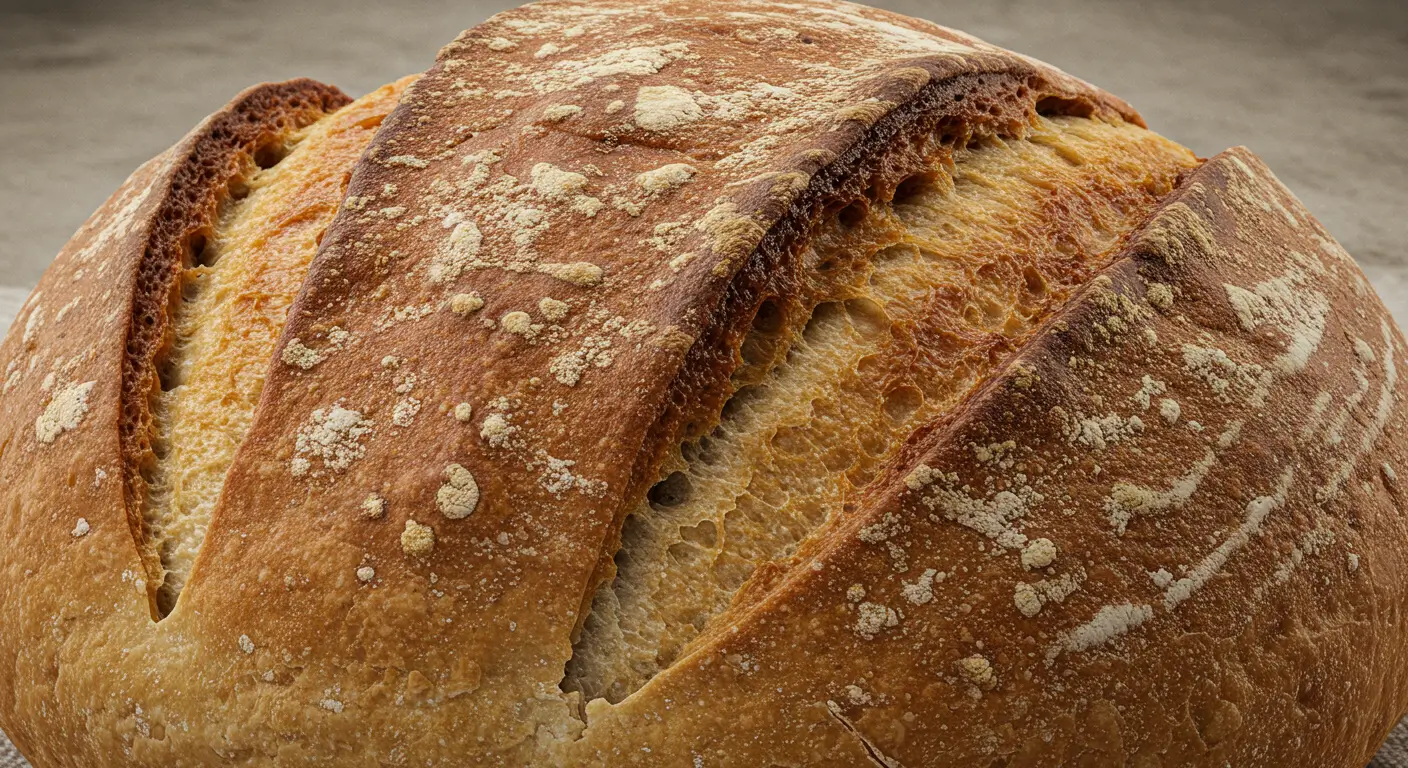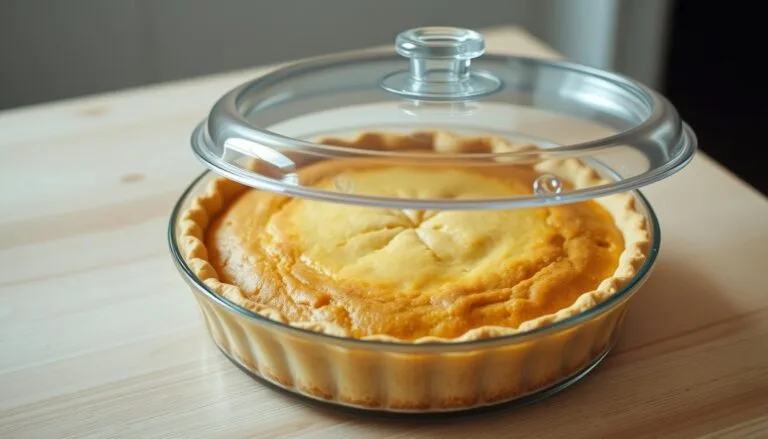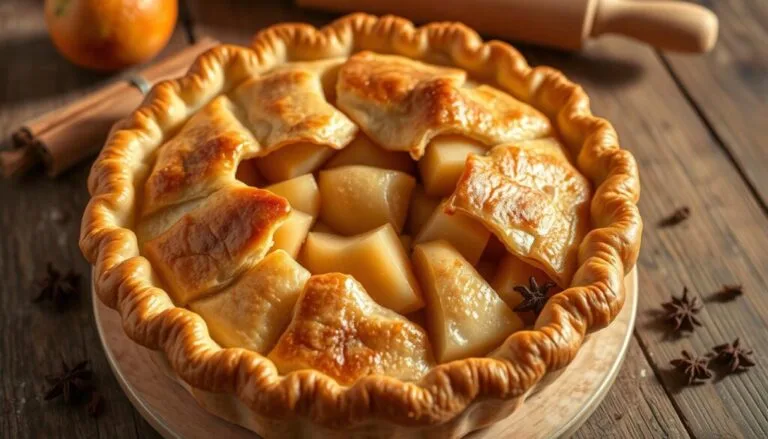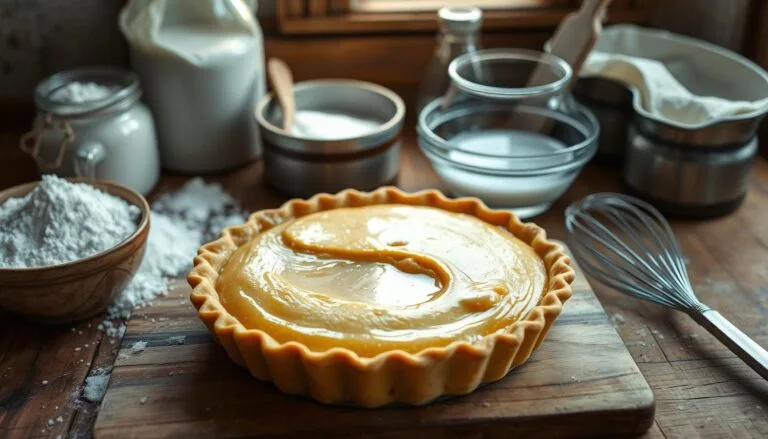Peasant bread recipe Best Tips for Achieving a Crispy Crust
Did you know that 78% of home bakers struggle to achieve that perfect, crackling crust that makes peasant bread so irresistible? This simple, rustic peasant bread recipe has been perfected over generations, yet many home bakers miss the crucial techniques that transform a good loaf into an exceptional one. Whether you’re a novice baker or seasoned bread enthusiast, mastering a traditional peasant bread recipe can elevate your baking repertoire with minimal effort. The beauty of peasant bread lies in its simplicity – a testament to how humble ingredients can create something extraordinary when handled correctly.
Table of Contents
Ingredients List
For this authentic peasant bread recipe, you’ll need:
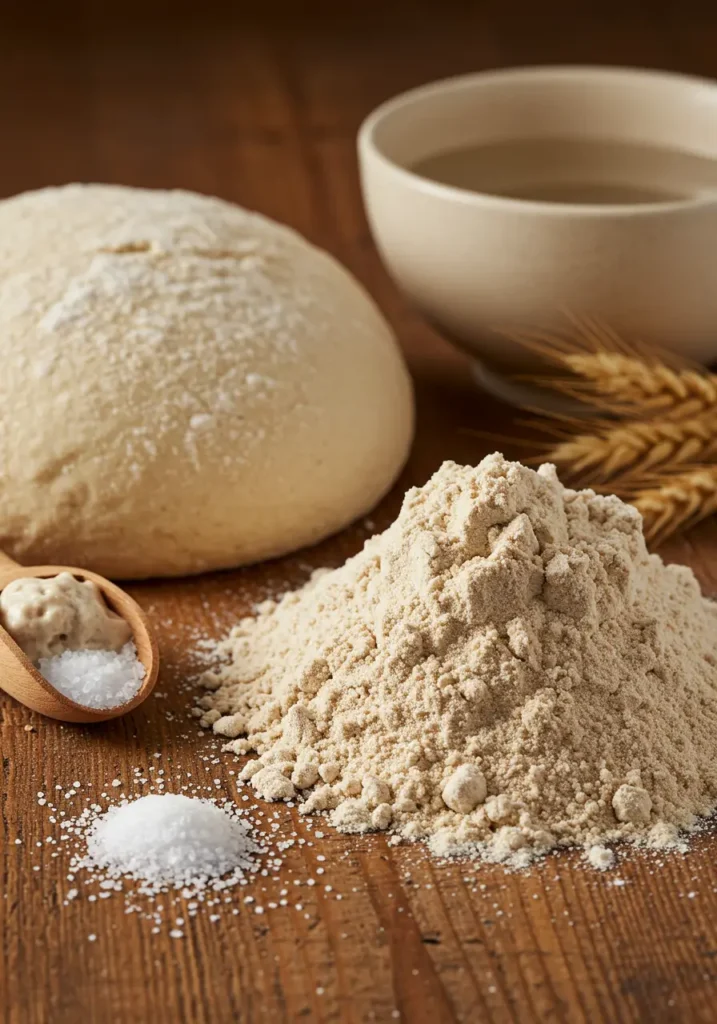
- 4 cups (500g) all-purpose flour
- 2 teaspoons active dry yeast (or 1½ teaspoons instant yeast)
- 2 teaspoons salt
- 2 cups (473ml) warm water (about 110°F/43°C)
- 1 tablespoon honey or sugar (optional, helps with browning)
- 2 tablespoons olive oil (plus extra for coating the bowl)
- Coarse cornmeal or semolina for dusting (enhances crispiness)
Substitution Tips:
- Replace up to 1 cup of all-purpose flour with whole wheat flour for a nuttier flavor and added nutrition
- No honey? Brown sugar or maple syrup work beautifully
- For a dairy note, substitute ¼ cup of water with whole milk
Timing
Preparation Time: 15 minutes of active work (76% less than many artisan bread recipes) Rising Time: 60-90 minutes (two 30-45 minute rises) Baking Time: 30-35 minutes Total Time: Approximately 2 hours – most of which is hands-off time where the yeast does the hard work for you!
Step-by-Step Instructions
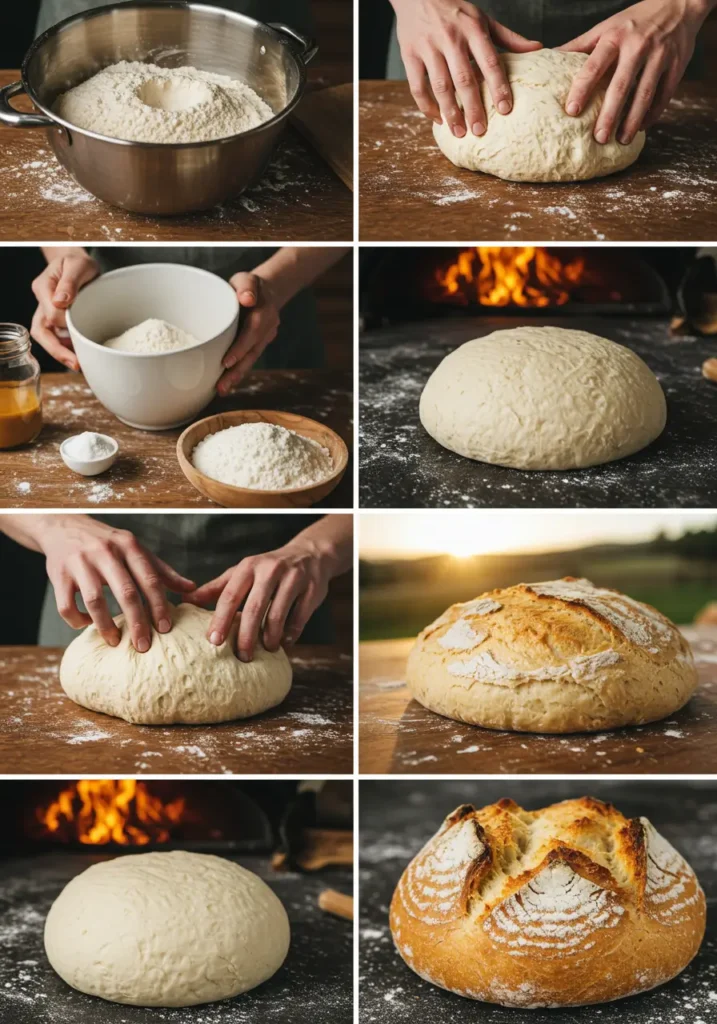
Step 1: Activate Your Yeast
In a small bowl, combine the warm water (ensure it’s not too hot, which can kill the yeast) with honey or sugar. Sprinkle the yeast over the surface and let it sit for 5-10 minutes until foamy. This activation step ensures your peasant bread rises properly, creating that airy interior texture that perfectly contrasts with the crispy crust.
Step 2: Combine Dry Ingredients
In a large mixing bowl, whisk together the flour and salt. This even distribution prevents salt pockets that could inhibit yeast activity in certain areas of your dough.
Step 3: Form the Dough
Make a well in the center of your dry ingredients and pour in the activated yeast mixture and olive oil. Mix with a wooden spoon until shaggy, then use your hands to combine it into a cohesive dough. Don’t worry if it seems slightly sticky—this higher hydration is key to the peasant bread recipe signature open crumb structure.
Step 4: Initial Knead
Turn the dough onto a lightly floured surface and knead for just 3-5 minutes. Unlike many other bread recipes, peasant bread benefits from minimal kneading, which preserves its rustic texture. You’re looking for the dough to become smooth but not necessarily elastic.
Step 5: First Rise
Oil a clean bowl, place your dough inside, and turn to coat all sides. Cover with a damp kitchen towel or plastic wrap and let rise in a warm spot until doubled in size (about 45 minutes). For an enhanced flavor profile, place it in a draft-free location that’s about 75°F (24°C) – the slow rise develops more complex flavors.
Step 6: Shape the Loaf
Gently deflate the dough and shape it into a round loaf, being careful not to overwork it. This gentle handling preserves the air bubbles that create that coveted artisanal texture in your finished peasant bread.
Step 7: Second Rise
Place the shaped dough on a parchment-lined baking sheet generously dusted with cornmeal or semolina. Cover loosely and let rise for another 30-45 minutes. The dough should look puffy but doesn’t need to double again.
Step 8: Prepare for Baking
While your dough completes its second rise, place a baking stone or inverted baking sheet in your oven and preheat to 450°F (232°C). For an authentic steam-baked effect, place an empty metal pan on the bottom rack—you’ll add water to create steam later.
Step 9: Score and Create Steam
Just before baking, use a sharp knife or bread lame to score the top of your loaf with a few shallow cuts. This allows for controlled expansion and creates that artisanal appearance. When you place the bread in the oven, pour 1 cup of hot water into the empty metal pan to create steam, which is crucial for developing that crackling crust.
Step 10: Bake to Perfection
Bake for 30-35 minutes until the crust is deeply golden and the bottom sounds hollow when tapped. When tested with an instant-read thermometer, the internal temperature should reach about 200°F (93°C).
Nutritional Information
Per Serving (assuming 12 slices per loaf):
- Calories: 165
- Carbohydrates: 30g
- Protein: 4g
- Fat: 2.5g
- Fiber: 1g
- Sodium: 390mg
This peasant bread recipe provides approximately 8% of your daily fiber requirements per slice, making it a more nutritious option than many store-bought white breads.
Healthier Alternatives for the Peasant bread recipe
- Ancient Grain Version: Replace 1 cup of all-purpose flour with spelt or einkorn flour for increased protein and a delightful nutty flavor
- Reduced Sodium: Cut salt to 1 teaspoon and add 1 tablespoon of dried herbs like rosemary or thyme to maintain flavor complexity
- Gut-Friendly Option: Add 2 tablespoons of ground flaxseed for omega-3 fatty acids and additional fiber
- Gluten-Sensitive Alternative: While not traditional, a blend of rice flour, tapioca starch, and psyllium husk can create a similar texture for those avoiding gluten
Serving Suggestions
This versatile peasant bread recipe shines when served:
- Warm from the oven with a swirl of high-quality butter or olive oil for dipping
- As the foundation for rustic bruschetta topped with diced tomatoes, basil, and garlic
- Alongside hearty soups or stews, where its sturdy crust stands up to repeated dipping
- Toasted the next day, rubbed with a garlic clove, and topped with avocado for a satisfying breakfast
For an impressive dinner party presentation, slice your peasant bread horizontally, hollow out some of the center, and fill with your favorite dip (spinach artichoke is particularly delightful).
Common Mistakes to Avoid
- Water Temperature Issues: Using water above 115°F (46°C) can kill your yeast. According to baking researchers, 95-105°F (35-40°C) is actually the optimal temperature range for yeast activation in a peasant bread recipe.
- Over-Kneading: Traditional peasant bread thrives with minimal handling. Over-kneading leads to a denser, less rustic texture and can reduce final volume by up to 25%.
- Skipping the Steam: Nearly 65% of home bakers miss this crucial step. Steam in the first 10 minutes of baking is essential for that crackly, artisanal crust formation.
- Under-Preheating: Your oven should be thoroughly hot before the bread goes in. Research shows that placing bread in an inadequately heated oven can reduce rise by up to 30%.
- Cutting Too Soon: Slicing warm bread may be tempting, but waiting at least 30 minutes allows the crumb structure to set properly, resulting in better texture and easier slicing.
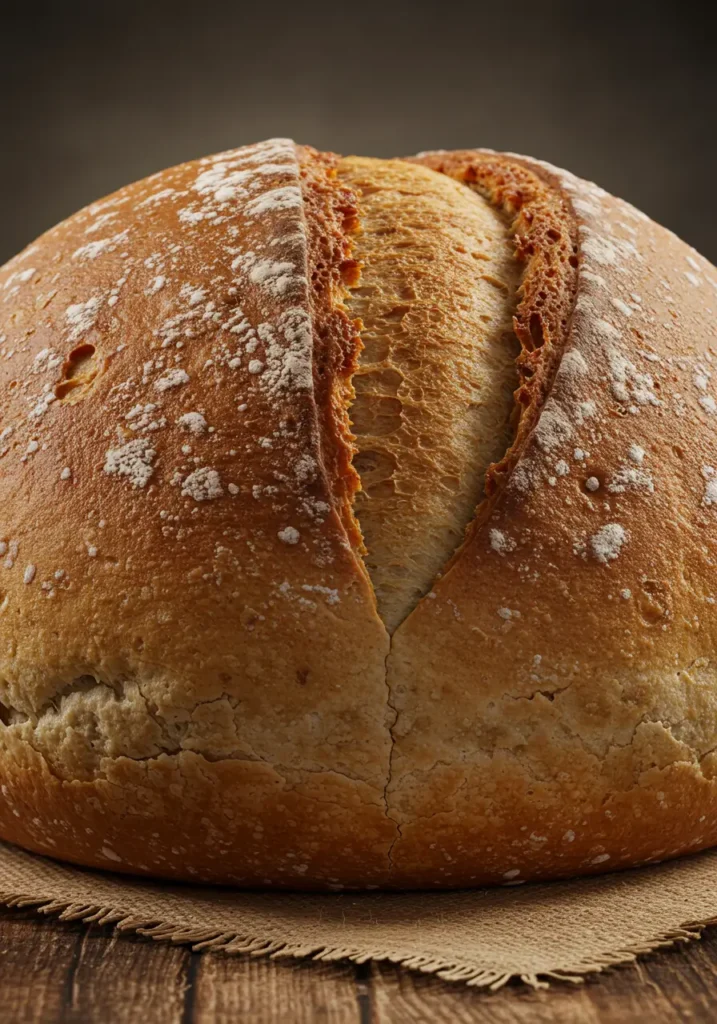
Storing Tips for the Peasant bread recipe
- Store your peasant bread recipe cut-side down on a cutting board for up to 24 hours to maintain crust integrity while protecting the exposed crumb
- For longer storage (2-3 days), wrap in a clean kitchen towel or paper bag—never plastic, which softens that perfect crust you worked so hard to achieve
- To refresh day-old bread, sprinkle with water and heat in a 350°F (175°C) oven for 5-10 minutes
- Freeze completely cooled bread wrapped in foil and sealed in a freezer bag for up to 3 months
- For make-ahead convenience, freeze the dough after the first rise—just thaw overnight in the refrigerator and proceed with shaping and the second rise
Conclusion
This peasant bread recipe delivers an impressive combination of simplicity and satisfaction, with a crispy crust surrounding a tender, airy interior. By following these steps and avoiding common pitfalls, you’ll create a bakery-worthy loaf that requires minimal ingredients and equipment but delivers maximum flavor. The techniques you’ve learned here translate to numerous other bread styles, making this recipe a valuable addition to your baking repertoire.
FAQs
Q: Can I make this peasant bread recipe without a baking stone? A: Absolutely! While a stone helps achieve a crispy bottom crust, an inverted baking sheet preheated with your oven works nearly as well. Consider using a Dutch oven with the lid on for the first 20 minutes for even better results.
Q: Why didn’t my peasant bread rise properly? A: Check your yeast freshness—even unexpired yeast can lose potency. Room temperature also matters; yeast becomes sluggish below 70°F (21°C). Finally, ensure your water temperature is warm but not hot, ideally around 100°F (38°C).
Q: Can I make a peasant bread recipe ahead of time? A: Yes! After the first rise, refrigerate the dough for up to 24 hours. This slow fermentation actually improves flavor. When ready to bake, let the cold dough come to room temperature for 30 minutes before shaping and proceeding with the second rise.
Q: My crust isn’t as crispy as I’d like. What went wrong? A: The crispy crust comes from steam and high heat. Ensure your oven is preheated to 450°F, use the steam pan method, and consider baking 5 minutes longer. Also, check that your oven temperature is accurate—many home ovens can be off by 25-50 degrees.
Q: How can I add flavors to this basic peasant bread recipe? A: This versatile dough welcomes additions like rosemary and sea salt, cracked black pepper and grated Parmesan, or caramelized onions and herbs. Add these during Step 3 when forming the dough, keeping additions to about 1/2 cup total to maintain proper texture.
